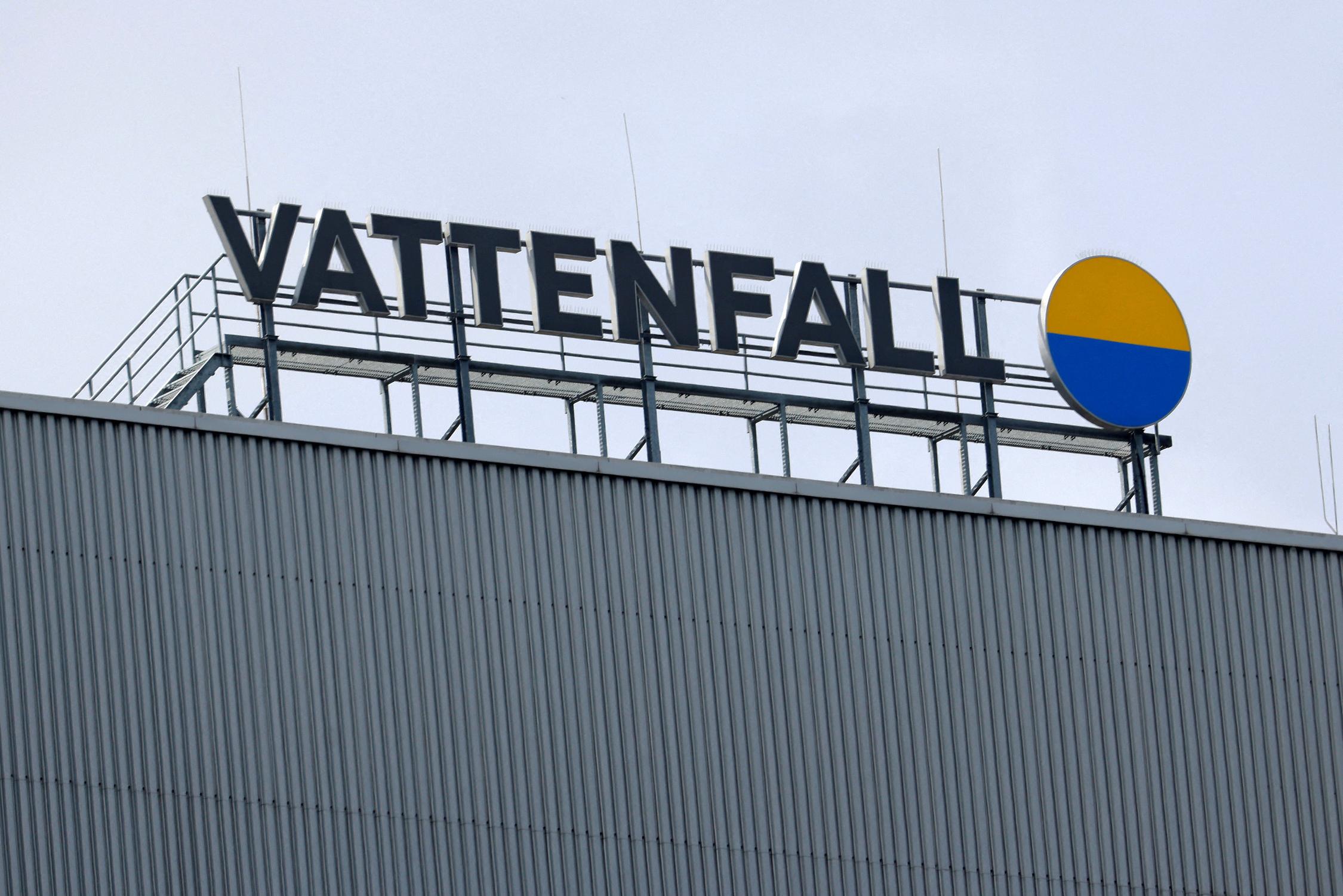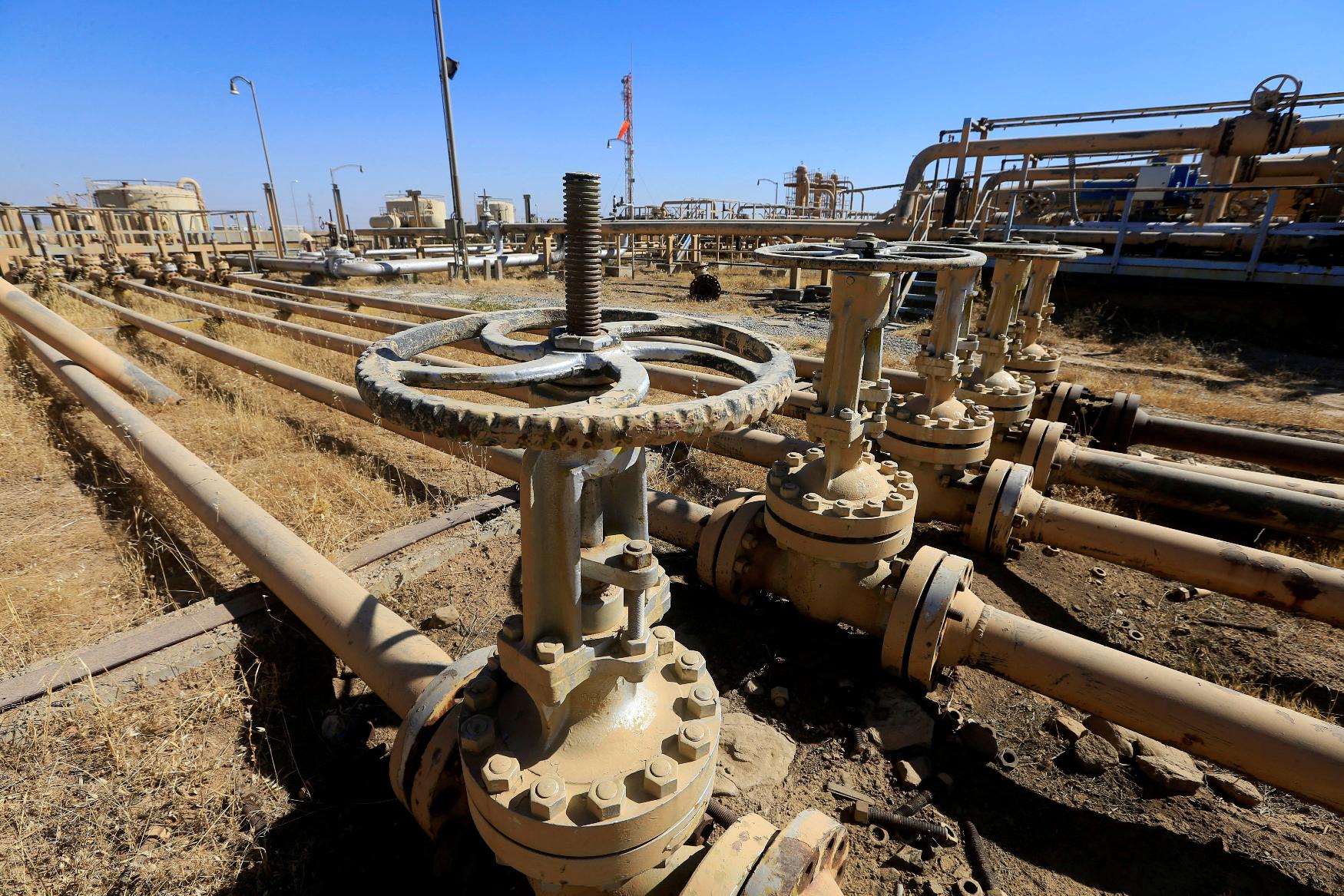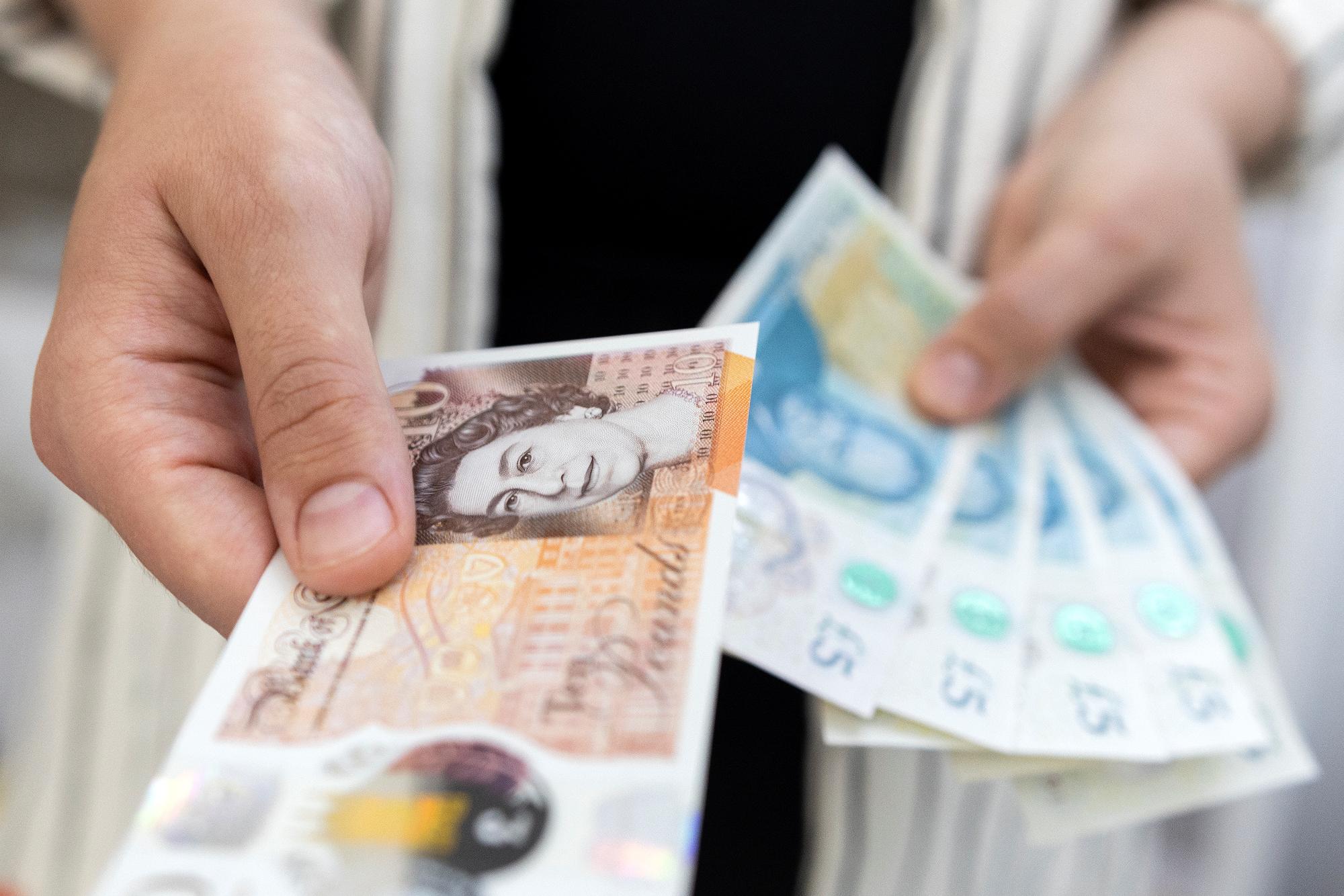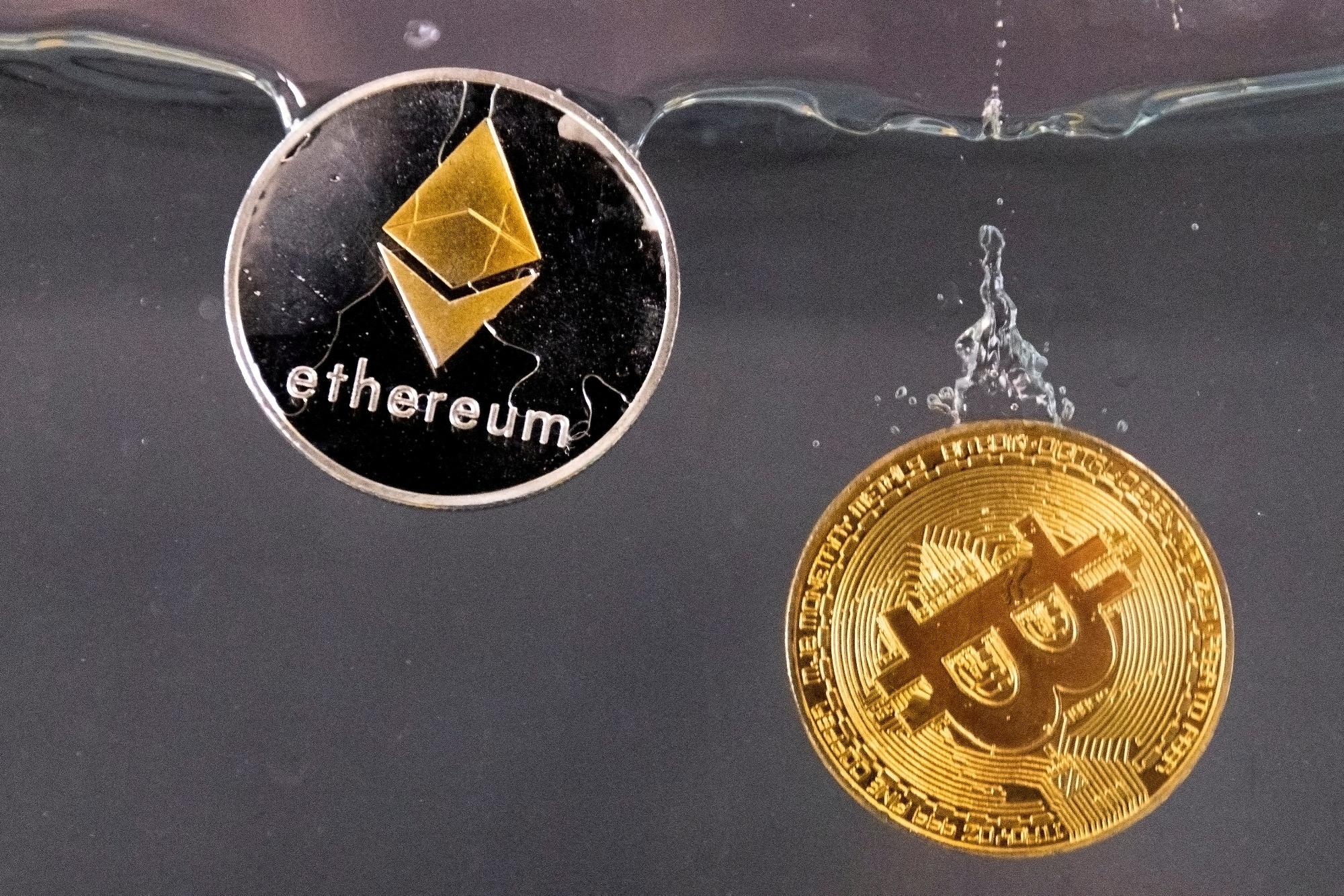
2024-08-20 11:54
LONDON, Aug 20 (Reuters) - A rare burst of Chinese exports has deflated bull spirits in the copper market, with funds dumping long positions and prices down by 16% from the record highs seen in May. The world's largest buyer of copper shipped out an unprecedented 158,000 metric tons of refined metal in June. First-half exports of 302,000 tons were already higher than any full calendar year since 2019. This break of normal trade patterns has punctured a bull narrative of constrained supply and cyclical demand recovery. Weak Chinese purchasing managers indices show that activity in the country's manufacturing sector sank to a five-month low in July, reinforcing Doctor Copper's gloomy message. Yet demand weakness is only part of the story. Fast-rising domestic production and a flood of African imports have saturated the local market. And then a ferocious squeeze on the CME (CME.O) , opens new tab contract in May opened an equally unusual export arbitrage window for that excess to flow out. TOO MUCH COPPER China produced 5.9 million tons of refined copper in the first half of the year, according to local data provider Shanghai Metal Market. That represented year-on-year growth of 6.5%, equivalent to an extra 359,100 tons. The robust growth rate runs counter to expectations that domestic production would fall after the country's smelters committed in March to curtail output due to tight raw materials supply. It's true that many smelters have taken maintenance downtime in recent months, but the cumulative impact has simply been a moderation of the supercharged rate of expansion. Rising smelter output has coincided with a period of high refined copper imports. Although the export burst has significantly reduced China's net call on the international market, the country's imports have remained strong. Volume rose by 16% year-on-year to 1.9 million tons in the first six months of 2024. China also imported significantly more scrap copper, volume increasing by 18% year-on-year to 1.2 million tons in January-June. Chinese demand would have had to be super-strong to absorb the simultaneous combination of more domestic and more import supply. Clearly, it wasn't strong enough. THE RISE OF THE CONGO The core driver of China's higher metal imports has been the Democratic Republic of Congo (DRC). The country last year overtook Peru as the world's second-largest copper producer and shipped more metal to China than top producer Chile. Trade flows between the two countries continue to accelerate, with China's imports jumping by 91% year-on-year to 698,000 tons in January-June. The June tally of 150,000 tons was a new monthly record. Given China's dominant role in DRC's copper-cobalt mining sector, trade flows between the two countries are unsurprising. However, it's also the case that there is no other equivalent market for Congolese copper, including the world's big three exchanges. The London Metal Exchange (LME) currently has only one Congolese brand on its good delivery list - "SCM", produced by La Sino-Congolaise Des Mines with annual capacity of 82,400 tons. DRC copper is not deliverable against either the CME or Shanghai Futures Exchange (ShFE) contracts. With Chinese demand insufficiently strong to absorb surging imports, Congolese metal has washed around the domestic market, dragging down both premiums and prices to the detriment of local smelters. (NOT) GOOD DELIVERY CME's limited good-delivery list of copper brands is one reason the U.S. contract got squeezed so badly in the second quarter. Stocks fell to just 8,117 tons at the start of July, as shorts found their capacity for physical delivery largely confined to U.S., Canadian or Latin American brands. Inventory has since rebuilt to 23,620 tons, but it has been a painfully slow process. When the squeeze was at its most acute in May, CME copper was trading at a premium of $1,100 per ton over LME copper. Both were priced much higher than the well-supplied Shanghai market. The net result was a rare export window for Chinese producers to ship surplus metal. China shipped 16,000 tons of refined copper to the United States in June, which is an extremely unusual phenomenon. But the metal can't be delivered against CME shorts since the exchange has no Chinese brands on its good delivery list. However, Chinese metal can be delivered to the LME, which currently accepts 22 Chinese brands of copper. Most of what China has exported has headed to South Korea and Taiwan, both LME good-delivery locations. LME stocks included just 400 tons of Chinese copper in February. That mushroomed to 121,700 tons at the end of June, with Chinese metal accounting for almost 54% of total registered inventory. Were there seamless physical arbitrage between the CME, LME and ShFE, China could have shipped directly to the CME, or diverted excess Congolese copper to the United States. The reality has been a tortuous reconciliation of regional imbalances. Chinese surplus is moving to the West but largely via LME warehouses in Asia. The LME at least is emerging as a potential market of last resort for Congolese copper. It received its first 500 tons of "SCM" brand metal in June. Other Congolese producers, including China's CMOC, are seeking to list , opens new tab their brands. The CME good-delivery list, by contrast, accounts for a shrinking share of global production. Analysts at BNP Paribas calculate the volume of deliverable copper has shrunk from seven million tons in 2010 to around four million. The CME has the disadvantage of operating only domestic good-delivery points, leaving it exposed to broader U.S. trade policy against China, Russia and other countries deemed problematic. But while physical delivery options remain constricted, a repeat of the May squeeze is not inconceivable. OPTICAL ILLUSION Reading Chinese copper exports as a simple signal of weak demand misses the impact of the extraordinary squeeze on the CME and the divergence in good-delivery options on the three exchanges. Chinese copper demand may be slower than expected but it hasn't fallen off a cliff. State research house Antaike is forecasting 2.5% growth in usage this year. China's export burst, meanwhile, appears to be winding down, with outbound shipments falling to 70,000 tons in July. ShFE stocks have been sliding since the start of July, and at 262,206 tons are now 75,000 tons below the June peak. The Yangshan import premium , which fell into negative territory in May, has risen to $53 per ton. It may not be too long before some of what China has exported turns around and heads home. The opinions expressed here are those of the author, a columnist for Reuters. Sign up here. https://www.reuters.com/markets/commodities/chinas-rare-copper-export-boom-signals-more-than-weak-demand-2024-08-20/

2024-08-20 11:46
OSLO, Aug 20 (Reuters) - Sweden's biggest utility Vattenfall and a group of large industrial firms will jointly explore investments in new fossil-free power production to meet growing electricity demand amid decarbonisation efforts, the companies said on Tuesday. "We have known for quite a while that there is a steep increase in demand in order to electrify directly or indirectly the industries as part of the green transition," Vattenfall CEO Anna Borg told Reuters. Together with Industrikraft - a group consisting of Alfa Laval, Boliden, SKF, Stora Enso and the Volvo Group - Vattenfall is looking into how, when and what they could invest together, and the magnitude this would take, she added. Annual Swedish power demand is expected to double from currently 140-150 terawatt hours (TWh) by around 2045, as Sweden heads into the next phase of industrial development, requiring hundreds of billions of Swedish crowns in investment, Borg said. "I think it's very important that the timing of the investments in the industry and in the energy production is somewhat aligned because that is what's going to be needed in order for everybody to be competitive and profitable," she said. Fossil-free generation includes nuclear, wind and solar power, each of which face their own challenges in terms of costs or grid connection, the Vattenfall CEO added. Sweden is planning for up to 12 new nuclear reactors by 2045, which could cost around 400 billion Swedish crowns ($39 billion) to build, a commission has found, with the government offering to share some of investment risks. Meanwhile, offshore wind development is held back by a lack of clarity over the necessary grid connections, Borg said. Industrikraft is an initiative founded to help secure Swedish long-term energy supply, with several more companies interested in joining, a spokesperson for the group told Reuters. ($1 = 10.2769 Swedish crowns) Sign up here. https://www.reuters.com/business/energy/vattenfall-swedish-industry-majors-join-forces-new-energy-investment-2024-08-20/

2024-08-20 11:37
TORONTO, Aug 20 (Reuters) - Canada's main stock index is set to extend its record-setting rally in the coming months and through 2025 as lower borrowing costs offset the potential drag on corporate earnings from slower economic activity, a Reuters poll found. The median prediction of 20 portfolio managers and strategists in the Aug. 8-20 poll was for the S&P/TSX Composite index (.GSPTSE) , opens new tab to advance 2.7% to 23,750 by end 2024, eclipsing the 22,500 expected in a May poll. On Monday, the index closed at 23,116.39, a record high. The index is then expected to rise to 24,350 by end 2025, a gain of 5.3%, versus May's forecast of 24,300. "We do not believe the bull market is over, and we would use any pullbacks, such as the one experienced in August, as opportunities to rebalance, diversify, and deploy fresh capital," said Angelo Kourkafas, a senior investment strategist at Edward Jones. The commodity-linked TSX has advanced 10.3% since the start of the year, helped by record high gold prices and moves by major central banks, including the Bank of Canada, to lower borrowing costs. Analysts say U.S. election uncertainty and a softer economic environment could be headwinds for the market in the coming months. Canada's unemployment rate remained at a 30-month high of 6.4% in July, while the country's freight rail network could come to a grinding halt on Thursday unless labour agreements are reached. "Corporate earnings will underperform expectations for the remainder of 2024 but investors will look past them because of falling interest rates," said Matt Skipp, president of SW8 Asset Management. The Bank of Canada has cut its benchmark interest rate by 25 basis points twice since June, lowering the rate to 4.50%. Investors expect nearly 200 basis points of additional easing by the end of 2025 and the U.S. Federal Reserve to begin cutting interest rates next month. , Of 15 analysts who answered a separate question, 10 said Canadian corporate earnings would underperform expectations for the rest of 2024. Still, a slim majority, eight of 15, said a correction of 10% or more is unlikely for Canada's benchmark index by the end of September. (Other stories from the Reuters Q3 global stock markets poll package) Sign up here. https://www.reuters.com/markets/canadas-tsx-seen-higher-rate-cuts-preserve-bull-market-outlook-2024-08-20/

2024-08-20 11:28
BP returning after nearly five-year absence BP has yet to respond to request for comment Has previously estimated field holds about 9 billion barrels BAGHDAD, Aug 20 (Reuters) - Iraq will share profits with BP (BP.L) , opens new tab from developing its giant Kirkuk oil and gas fields, two officials said on Tuesday, as the country moves away from low-margin service contracts to speed up production growth and lure back Western majors. Several oil majors, including BP, in recent years turned to other countries offering better terms. They complained the traditional oil service contracts in Iraq that paid a flat rate for every barrel of oil produced after reimbursing costs, prevented them benefiting from rising oil prices. Iraq and BP, which is returning after a nearly five-year absence, signed a preliminary agreement earlier this month to develop four oil and gas fields in northern Iraq's Kirkuk. BP has estimated the Kirkuk field holds about 9 billion barrels of recoverable oil. The two oil ministry officials told Reuters the contracts with BP to develop the Kirkuk, Bai Hasan, Jambour and Khabbaz fields would be on a profit-sharing model. BP did not immediately respond to a request for comment. Speaking on condition of anonymity because they were not authorised to speak to the press, the officials said the oil ministry and BP were expected to sign a confidentiality agreement this week, after which Iraq will hand over the data package for Kirkuk's four fields and installations. A final agreement is expected by the end of this year, the officials added. BP had said it expected negotiations over the preliminary agreement to be complete early in 2025. BP and the Iraqi oil ministry signed in 2013 a letter of intent to study developing Kirkuk. That deal was put on hold in 2014 when the Iraqi military collapsed in the face of Islamic State's advance in northern and western Iraq, allowing the Kurdish Regional Government (KRG) to take control of the Kirkuk region. Baghdad regained full control of the deposit from the KRG in 2017 after a failed Kurdish independence referendum, at which point BP resumed its studies on the field. But in late 2019, BP pulled out of the oilfield after its 2013 service contract expired with no agreement on the field's expansion. Iraq, the second biggest producer in the Organization of the Petroleum Exporting Countries behind the group's de facto leader Saudi Arabia, has the capacity to produce almost 5 million barrels per day. Kirkuk was discovered in 1927 and marks the birthplace of Iraq's oil industry. Its fields currently produce about 245,000 barrels per day, the officials said. BP said earlier this month that rehabilitating existing facilities, building new ones, where needed, and other measures could stabilise production and reverse decline at Kirkuk. Sign up here. https://www.reuters.com/business/energy/bp-iraq-deal-kirkuk-fields-use-profit-sharing-model-2024-08-20/

2024-08-20 10:58
Aug 20 (Reuters) - Sterling hit a one-month high against a weakening dollar and was flat versus the yen on Tuesday. Investors are awaiting business activity figures on Thursday and comments from Bank of England governor Andrew Bailey at a meeting of central bankers at Jackson Hole on Friday. Official data showed signs of improvement for the British economy in the retail sector on Friday as the negative impact of high inflation on consumer spending is starting to diminish. Citi said it would be focused on Bailey's comments, and in particular, "whether he will double down on suggestions that monetary policy transmission is largely already worked through". The pound climbed 0.15% against the dollar to $1.3002 after hitting $1.3012, its highest level since July 17. The greenback hit a seven-month low on Tuesday, with traders waiting for clues on Friday at Jackson Hole about the speed of the Fed monetary easing cycle. Money markets priced in 40 basis points of rate cuts by year-end, implying a 25 bps move and a 60% chance of a second cut. Euro/sterling rose 0.2% to 85.18 pence per euro. "All else being equal, the case for higher sterling versus euro, yen and Swiss franc remains compelling," said Kamal Sharma, forex strategist at BofA, arguing that long positioning has been reduced and momentum metrics are at "extreme levels" for some of the pound's more popular carry crosses. However, the British currency showed it was vulnerable to a near-term volatility shock, and the Middle East remains a key danger for risky assets. "The pound was unlikely to be singled out for particular scrutiny in a geo-political episode," BofA's Sharma said. Sterling is seen as a currency which performs well when investors' risk appetite is high. The pound was flat versus the yen at 190.30 ; it hit its highest since January at around 180 in early August. Sign up here. https://www.reuters.com/markets/currencies/sterling-hits-one-month-high-versus-dollar-awaits-data-bailey-2024-08-20/

2024-08-20 10:32
Aug 20 (Reuters) - State Street (STT.N) , opens new tab is partnering with Swiss crypto company Taurus to offer new digital asset services, including turning real-world assets into tradeable tokens, to tap growing institutional demand for such investments, the U.S. financial services provider told Reuters. As cryptocurrencies have spread in the financial system through regulated products including futures and exchange-traded funds, they are drawing more interest from institutions seeking ways to hedge inflation and diversify portfolios. Through the partnership, State Street, which provides crypto fund administration and accounting services, will hold clients' crypto assets and help them create tokenized assets, such as funds and other securities. Reuters is the first to report on the partnership. Tokenizing involves converting ownership rights to traditional assets into digital tokens on a blockchain, a decentralized database controlled by all its users. Proponents say the consensus mechanism, which enhances transparency and security, makes the assets easier to trade. BlackRock, for example, has a tokenized fund on the ethereum blockchain that allows investors to earn U.S. dollar yields. Donna Milrod, chief product officer at State Street and head of digital asset solutions, said the new service is geared toward asset management clients looking for partners to help tokenize their funds. "We need to provide our clients the ability to deal with both traditional finance as well as (digital assets) side by side," she said. The service will be launched in the near future, Milord said, without elaborating. State Street is also meeting institutions' need for trusted partners like banks to serve as custodians for their crypto assets, rather than a crypto exchange or a wallet provider that might have less stringent security controls. Institutional demand swelled as several spot bitcoin and ether exchange-traded funds were launched this year. Goldman Sachs (GS.N) , opens new tab and Morgan Stanley (MS.N) , opens new tab purchased more than $600 million in spot bitcoin ETFs in the second quarter, joining hedge funds, pension funds and financial advisers that are venturing into such products. In June, State Street Global Advisors, a unit of the bank, filed with the Securities and Exchange Commission to register a crypto fund managed by Galaxy Asset Management, which would offer exposure to crypto companies and crypto-based ETFs. SSGA would provide administration services. Plans to offer crypto custody - which would enable the bank to safeguard crypto assets on behalf of clients - are subject to the SEC revising 2022 accounting guidance that makes it extremely expensive for publicly listed banks to store crypto for their customers, Milrod said. Taurus, a Swiss company backed by Credit Suisse - now owned by UBS - entered into a similar partnership for crypto custody and tokenization with Deutsche Bank last year. The Bank of New York Mellon also launched a crypto custody platform in 2022. Sign up here. https://www.reuters.com/business/finance/custody-giant-state-street-expands-crypto-services-new-partnership-2024-08-20/
